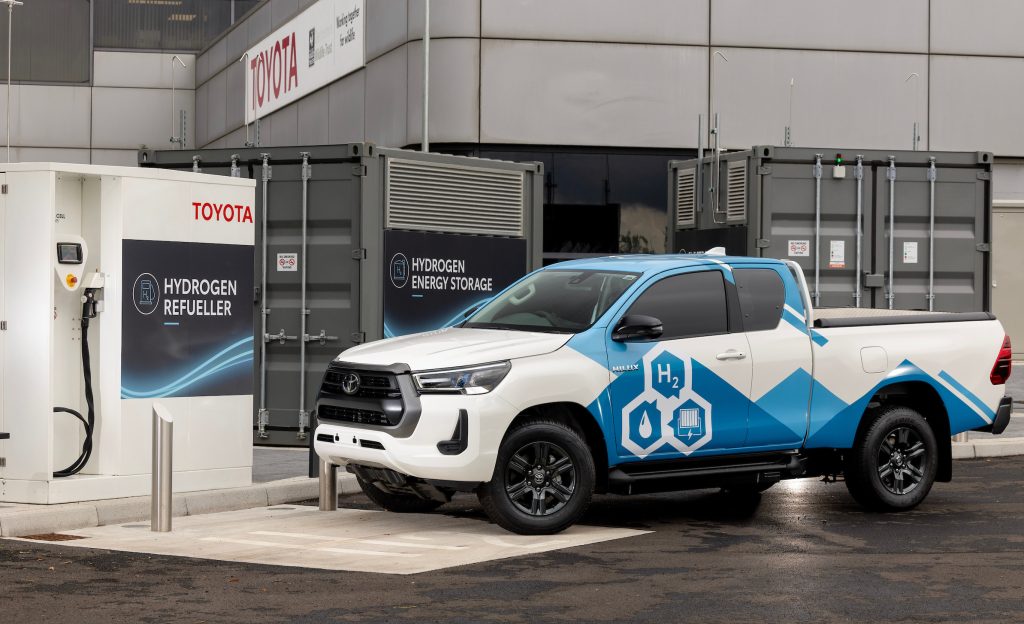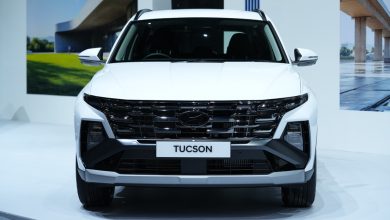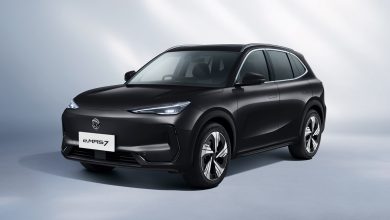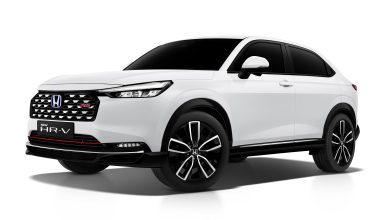Shell Shutters All Its Californian Light-Duty H2 Refuelling Stations
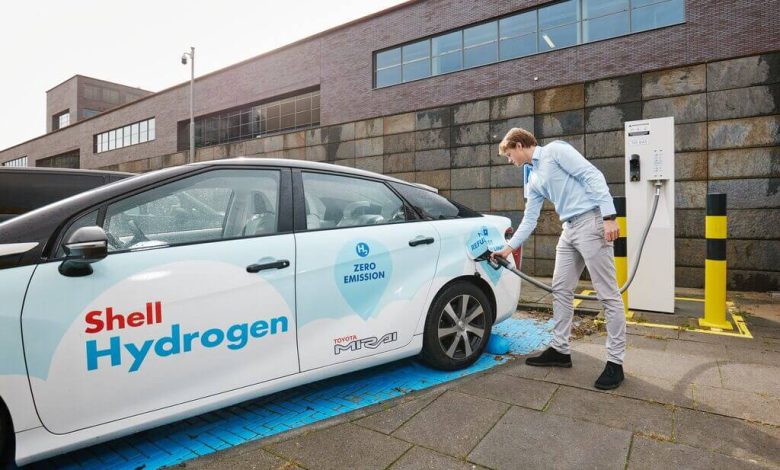
Shell cites for this decision to be caused by supply constraints and other external factors.
While more and more charging stations are popping up globally, things have unfortunately not been to rosy for those who placed their EV bets on hydrogen instead. Such is because instead of there being a similar growth in refuelling stations as per its battery-electric counterpart, there has since instead been a decrease in its number, as Shell has recently announced it will be permanently closing its seven hydrogen refuelling stations for passenger cars in California.
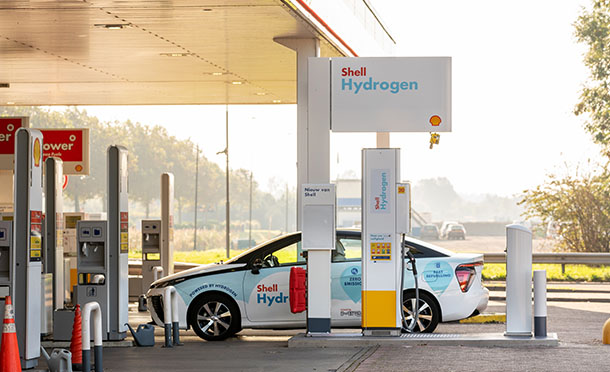
In another blow towards the few Toyota Mirai, Hyundai Nexo and Honda Clarity owners within the golden state, Shell Hydrogen Vice President Andrew Beard said its decision to cease operations were “due to hydrogen supply complications and other external market factors.” The closure of Shell’s 7 light-duty hydrogen refuelling stations has since brought the total number of Californian passenger FCEV top up points down from 55 to 48, though it is worth noting that the oil giant is still to continue operating its 3 existing H2 refuelling sites dedicated to commercial and heavy-duty vehicles.
It is probably worth highlighting too that the news of Shell pulling out of the passenger hydrogen refuelling market shouldn’t be a surprise to anyone with an ear out within this automotive sub-sector, as the oil company has already actually temporarily shut down 5 of its 7 existing hydrogen stations in California since December. The petroleum producer has also earlier in 2022 pulled out of the same game in the UK, with the permanent closure of all three of the stations it operated over there.
![]()
Just before all the battery-based EV fanatics pile on the H2 hate train that most seem to be happy to board however, it is perhaps prudent to postulate that part of the reason for Shell to pull out of this H2 field is partly due to the oil giant having used filling station equipment supplied by Norway’s Nel. A company which incidentally is embroiled in a rather serious legal battle with gas giant Iwatani, over allegations of major defects with the equipment it has supplied for these refuelling stations.
What more is that amid the doom of these Shell station closures and contrary to the often-parroted terminal sales status of hydrogen fuel-cell EVs, the total number of these alternative-fuelled vehicles actually rose slightly in California over the last year. And there might be even more to come too, as Honda is plotting to once again return to the H2 game with the imminent launch of its H2-powered CR-V.
Beneath that thin veneer of positive news for these hydrogen fuel-cell EVs though, the broader picture that shows for the measly 2,979 hydrogen fuel cell vehicles sold in California last year to only account for less than 1% share of all vehicles sold does unfortunately indicate for H2 to perhaps not be the way forward for passenger cars as what some might have hoped. This is especially considering too that the traditionally H2 vehicle-promoting Japan and South Korea have seen registrations of these types of EVs dropping by nearly half too in 2023, with Germany experiencing a sharp 70% decline in sales over the last 12 months.
That said, China has interestingly bucked the trend by reporting a 72% year-on-year rise in H2-powered vehicles last year, with most of said increase coming from large commercial vehicles. So there could possibly be hope yet that hydrogen may eventually become a viable fuel source in the future, for these larger vehicles that is?
